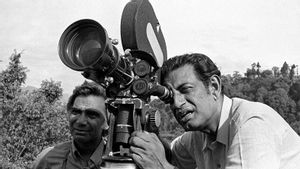April 16 is one of the important dates in the world of cinema as it marks the birthday of the most celebrated comic icon of the world. Charlie Chaplin, the silent movie actor and filmmaker, probably influenced me more than anyone else in my life. I kept interpreting his unique and nuanced storytelling differently as I grew older and, hopefully by then, more aware of world history and politics.
As a tribute to my favourite hero, I revisit my trip to Chaplin’s World in Vevey, Switzerland, his former house turned museum, that chronicles the life and times of my childhood hero, Charles Spencer Chaplin. In the process, I seek to decode the artiste and his artistic process that made a true genius.
What can you expect inside Chaplin’s World?
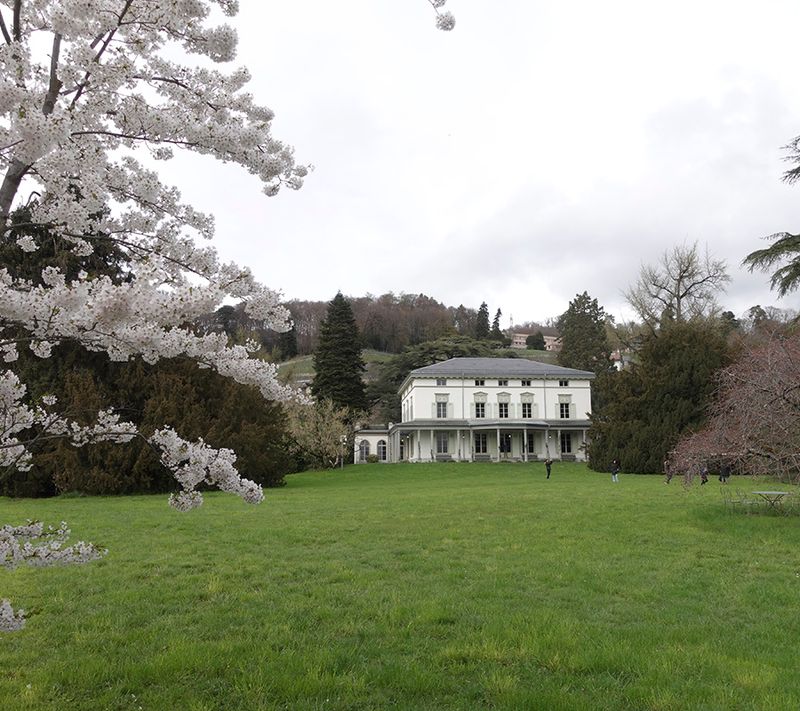
I often complain about Switzerland being costly, however, the thing I am in awe of is Swiss efficiency. At the Geneva Cornavin station, when I requested for a train ticket to Vevey, the lady at the counter inquired if I was visiting the Chaplin Museum and promptly offered a discounted entry ticket to the museum and the connecting bus from the Vevey SBB station to Corsier-sur-Vevey, where Chaplin’s World is located. I was soon on the picturesque train ride to Vevey, otherwise known for housing the headquarters of one of the largest FMCG giants in the world, Nestle.
Charlie Chaplin’s own world was opened to the public in 2016 on the former country estate of the Chaplin family, "Manoir de Ban" in Corsier-sur-Vevey. The Chaplin’s World maintains a fine balance of Chaplin’s personal and professional lives, that can be experienced at the museum. He spent the last 25 years of his life at the same house with his beautiful wife Oona with whom he had eight children.
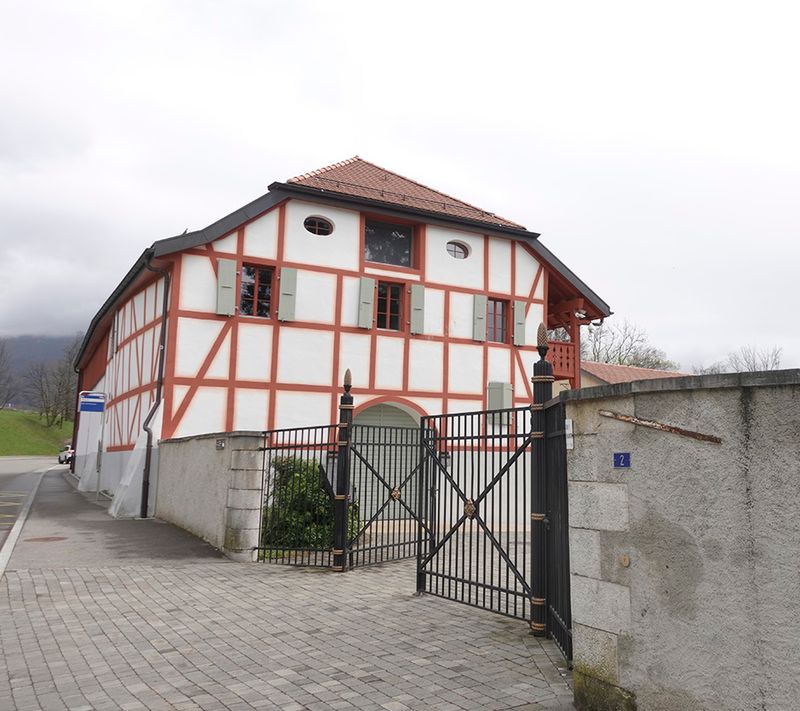
The mansion and the 14-hectare park with unobstructed views of the Lac Léman provide insight into the everyday life of the Chaplins. In the state-of-the-art exhibition hall, the artistic creations of the actor-director are exhibited with memorabilia in the form of original film decor. A multi-media theatre provides a highly entertaining Charlie Chaplin experience through a beautiful amalgamation of his personal and professional lives.
Inside the modern museum, you will find interesting formats such as anecdotal posters on the wall, video displays that depict important occasions such as his return to England in 1952 after 21 years in the US, his personal belongings such as his famous hats and his walking sticks, his work station in his office room, his first violin which he was very attached to since he was 16, his piano and the music notes for A Countess from Hong Kong in the living room, and an exquisite 10-seater dining table that reveal Chaplin’s intimate personal life.
Do you know how Chaplin’s career started in America?
Born in London, Chaplin first visited America with a theatre company, as a teenager in 1907. After a couple of tours within America with the play Sherlock Holmes, where he played Billy, he was signed by Keystone Studios for acting in films.
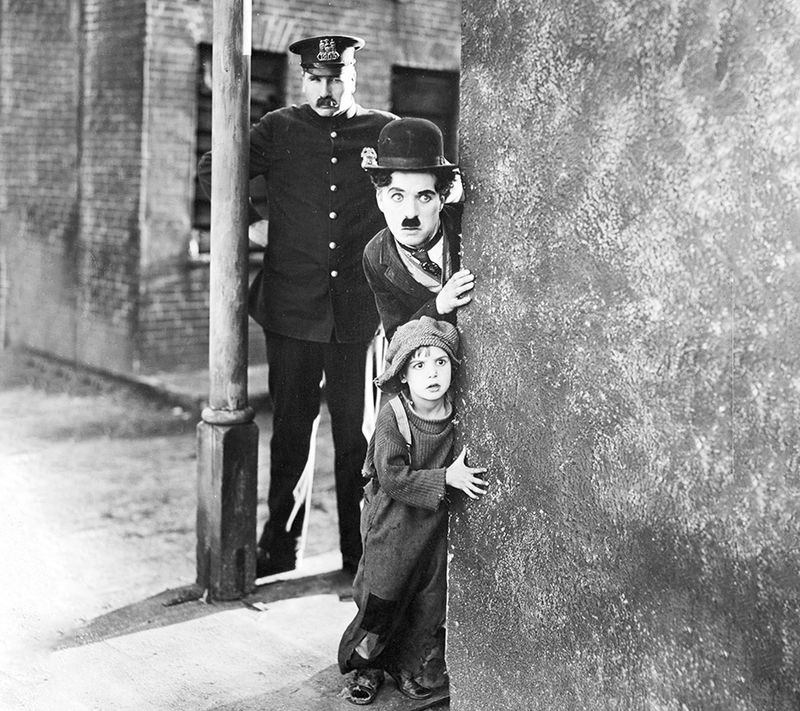
In 1914, Chaplin made his first one-reeler, Making a Living, followed by a series of short films the very same year. Chaplin’s slapstick acrobatics combined with the subtleties of his acting skills made him one of the greatest of all time. A master storyteller, he wove in humour, and pathos as two essential pillars in his narrations, typified by the struggles of the Tramp against adversities.
The Chaplin’s World Museum helps us navigate through his movie career, just as we get a peek into his personal life through various posters, audio-visual ads, and a particularly 3D- hologram image that alternates between the real and reel Chaplin as you view it in different angles.
Do you know how the silent film icon connected with his audiences?

Just like the silent world in his movies which communicated his powerful humour, the museum can be absorbed very well without audio aids unlike other movie museums where audio plays a very large role.
The museum incorporates important people who featured in his life and his movies such as Sophia Loren, who was the leading lady in the Chaplin movie A Countess from Hong Kong, or Nobel laureate Albert Einstein, who became a dear friend of Chaplin, and hence reflects how the silent actor impacted people with his personality.
His ability to entertain various age groups of cinema-loving audiences across the globe made him the most powerful icon of cinema in the 20th century. From Easy Street in 1917 to Modern Times in 1936, he made some of the funniest and most popular films of his time. You can’t help but fall in love with his onscreen character — the naive and lovable Tramp, who always found himself wading through awkward situations with remarkable ease, putting a smile on the face of every ordinary person in the audience who was struggling with life’s stress. His silence connected with the audiences more than the powerful dialogues that followed in talkies later.
Though Chaplin is from the silent movie era, he was far ahead of his times. Much of his craft still serves as a masterclass for filmmakers and actors even today. Though one can see the apparent move towards subtle acting with the advent of feature-length talkies, Chaplin knew how to keep the audiences engaged beyond slapstick. Chaplin’s demand for rigour and concern for the processes of acting and filmmaking made his films eternally relevant and led to more sophisticated cinema in the future.
Did you know Charlie Chaplin was serious about his comic films?
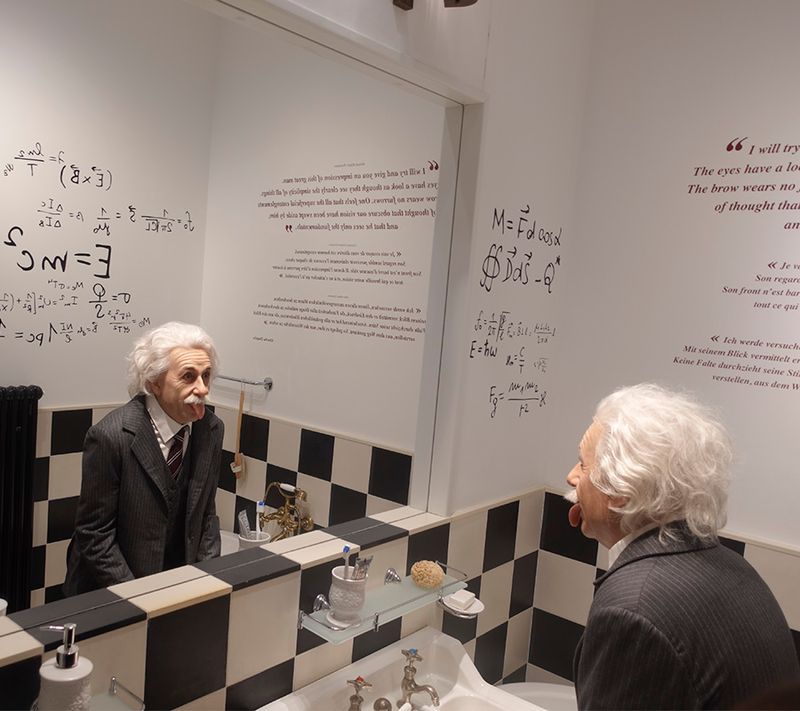
If you study his movies, you will know that Chaplin’s filmmaking was a method in utter madness. Carefully careless could be his persona on screen, but he was one of the most demanding filmmakers in Hollywood. He was careful about briefing every actor about their scene and demanded that the entire cast work together in every performance, probably borrowing from his experience of working for a theatre production earlier.
Only because his films were successful, the studios backed him as a filmmaker, who would often run over time and over budget due to his obsession with details. He would always have a basic script and typically improvise in front of the camera. Though highly inefficient as a process, he shot and printed many takes, with slight variations. This allowed Chaplin to keep his scenes lively and spontaneous.
Do you know Chaplin’s off the screen life was a rollercoaster?

Given his strong screen persona, I often felt I knew the off-screen Charlie very less. He was quite an enigma, off the screen too. Much of his political views later were shaped by his childhood in London, straddled with poverty and hardships. I was particularly looking to understand the personal side of Chaplin, and the museum’s candid chronological narration of his personal life was an eye-opener for me.
With a father who was absent and a financially struggling mother, Chaplin spent time in a workhouse before he was nine years old. Things got worse when his mother was admitted to a mental asylum few years later. Chaplin’s performing career thus started very early and he never looked back.

His first feature film was The Kid (1921). A Woman of Paris (1923), The Gold Rush (1925), The Circus (1928), City Lights (1931) and Modern Times (1936) followed soon after. Adopting sound technology rather late in his career, the first one with sound, The Dictator (1940) was a satire on Adolf Hitler.
For Chaplin, the 1940s were marked with controversy, taking a toll on his popularity. He was accused of being a communist sympathiser, and the press and public at large were scandalised by his involvement in a paternity suit and marriages to much younger women. He was married four times and finally found true love in Oona, who was with him till he passed away at the age of 88 in 1977. His relationship with America had soured, an FBI investigation had started, and Chaplin was forced to leave the US and eventually settle down in Switzerland. This part on his failing relationship with the US and subsequent settling down in Switzerland is beautifully chronicled at the Museum. His later films, which include Monsieur Verdoux (1947), Limelight (1952), A King in New York (1957), and A Countess from Hong Kong (1967) didn’t feature the famous Tramp he was known for.

A bit like another filmmaking maestro, Satyajit Ray, Chaplin wrote, directed, produced, edited, composed music for most of his films, keeping complete control of the movie-making process.
To end this memorable day. I sat down for coffee at The Tramp Café located at the entrance of the museum and walked to the Souvenir Shop to pick up a tee and a fridge magnet. Three hours at Chaplin’s World were indeed well spent learning and picking up life lessons from the one and only Tramp.
Some notes in the manor that grabbed my attention: 1. The Park was a fantastic venue for celebrations and traditions: the Easter egg hunt in the immense garden, American-style Halloween with costumes, performing plays on rainy days, a puppet theatre. 2. The Chaplins had regular Saturday barbecues prepared by Charlie himself who liked his steaks rare. Michael had his pony, his rooster, his alligator in the pool, and his white mice. Geraldine had her snake. 3. Chaplin found peace and contentment with Oona. He wrote, “I see no tragedy in the loneliness of old age. No, I would not mould one atom of the matrix in which life has cast me. I go where the wind blows me.” |




_1671633058840_thumb_300.jpeg)
